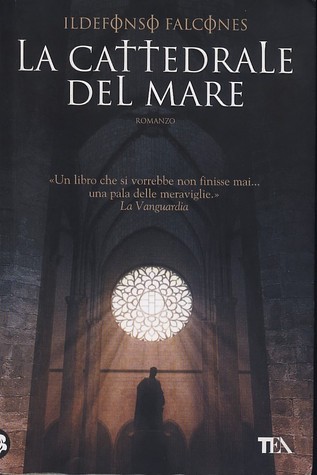What do you think?
Rate this book


642 pages, Paperback
First published March 1, 2006


”- Estanyol! – gritou Llorenç de Bellera, pondo-se de pé com Francesca agarrada pelo pulso. – Usando do direito que como teu senhor me assiste, decidi deitar-me com a tua mulher na sua primeira noite.”(Pág. 19)


“বাপধন, যারাই কইবো উপরওয়ালার কাছ থিকা আদেশ পায়া তোমার উপকার করতে আসছে, তাগোরে কোনওদিন বিশ্বাস কইরোনা। অরা তোমারে ম্যালা মিঠা মিঠা কথা শুনাইবো, শুনতে তোমার ভালাও লাগবো অনেক, কিন্তু ঐ সব কথার আসলে কোন দাম নাই। অরা যেইভাবে কথা নিয়া খেলবার পারে, আমাগো ঐ জ্ঞান নাইরে বাপ। কিতাব খুইলা তারা তোমারে উপরওয়ালার অনেক বিধি বিধান দেখাইবো, কিন্তু আমরা তো চাষা, কাম করি ক্ষেতে, ঐ কিতাব তো আমরা পড়বার পারিনারে বাপ। ছোট বাল-বাচ্চারে আমরা যেইভাবে এইটা ওইটা বুঝায়া ঘুম পাড়াইতে নিয়া যাই, ঐভাবেই অরা তোমারে বুঝ দিয়া তোমার সব কব্জা কইরা নিতে চাইবো। খু-উ-ব সাবধান থাইকো...”